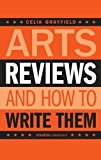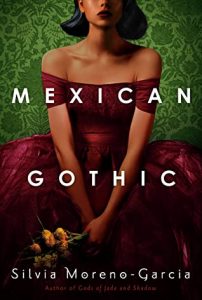
If you’re not famous for something else, if you don’t have some high profile names to spread the word, then you’re largely reliant on reviews, awards, and word-of-mouth.
Tim Clare, author and poet, Three Weeks in the Life of a New Book (2019)

Before you even get going, read Tim Clare’s blog on the importance of reviews to book sales, in other words, why write a book review at all.
Now on to writing your very own book review.
1. Headline
Start with a headline: what is this book about? Think about genre, setting, era. This is what you put in the headline (and is shown in bold) of your Amazon/Waterstones review.
2. Summary
After this encapsulating one-liner, give a short paragraph (two-three sentences should do it) summarising the book. Just enough to show you have read it, but not so much that you give the game away. Avoid spoilers, unless you are writing on Goodreads and are confident with using the basic code (very simple) which allows you to hide spoilers (for the reader to open, if they so wish).
3. Content
Next, consider characterisation: is the main character believable? Are the secondary characters filled out sufficiently. Is the dialogue natural? Does it help build the character? Think about structure and narrative thread—does it all tie together? Is the author shoehorning in exposition (telling you a lot of background)?
4. Style
Then, the prose. Is it appropriate for the genre, age-group, etc.? Is there enough contrast and variety? What is the author trying to say? Does the imagery help or hinder your reading? How does it make you feel? Is the author getting in the way of the reading?

As you will have realised by now, the trick is to start your review with a high level, macro, view, then zoom in until you are using a micro lens.
Having given you a long shopping list of things to look out for, you will be relieved to know that you don’t have to include everything on the list. Concentrate on the aspects which stand out to you, either for their presence or their absence.
What are the book’s strengths? If any aspect of the book doesn’t work for you, say so. Don’t be afraid to say if the book’s back cover is not a true representation of its contents. Most importantly, be specific.
5. Where does the reviewer come in to all this?
Remember, this review isn’t about you. Put the book first, then bring in your personality. Too many reviewers think of book blogging as an opportunity to promote themselves. Remember also, to review the book, not the author. Don’t make this personal.
Great reviews are a fine balance between the professionally impersonal and the personally engaged.
Some reviewers like to include trigger warnings, such as sexual content, strong language, or other potentially distressing material. Such warnings tend to be written immediately below the heading, or as the penultimate paragraph.
6. Your last words
Finally, summarise with a few descriptors, if you wish. For instance, if your headline describes the novel as a love story, here you could say ‘sizzling’, or ‘heartbreaking’, or both.
7. Further reading

For more on writing book and arts reviews, I recommend Arts Reviews…and how to write them (2008) by Celia Brayfield, www.kamerabooks.com
You can read my own reviews elsewhere on this website and also on Goodreads, where I write around two reviews per month.









Thank you very much Amanda for this helpful post about book reviews and the useful onward links.